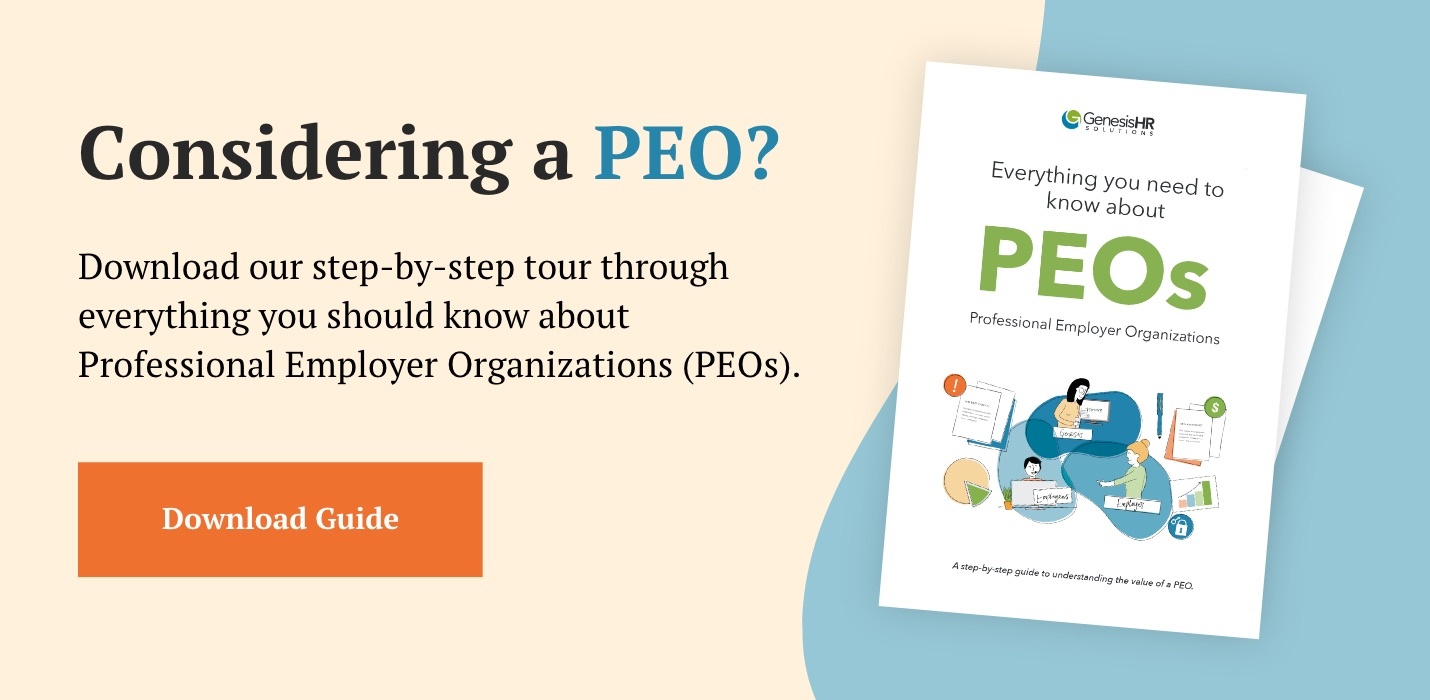 Just how common is a “blended workforce”? According to one study, blended (also known as contingent) workers comprised 40.4 percent of the U.S. workforce in 2010. That number is expected to rise even higher in the coming years—which means employers need to understand the challenges they’ll be facing.
Just how common is a “blended workforce”? According to one study, blended (also known as contingent) workers comprised 40.4 percent of the U.S. workforce in 2010. That number is expected to rise even higher in the coming years—which means employers need to understand the challenges they’ll be facing.
What do we mean when we say “blended workforce”?
According to Talent Management, a blended workforce is a workforce that consists of employees, consultants, independent contractors and contingent workers. This type of workforce is quickly becoming the norm among enterprises globally.
What are the pitfalls of a blended workforce?
As with any organization, a blended workforce faces challenges—some are unique, and they must be met with consideration. Here are four of those pitfalls along with tips for overcoming them.
Pitfall 1: Workers may not all be present “in the office,” which can make building rapport and a team mindset difficult.
A key characteristic of the blended workforce is that many of these employees and workers aren’t located together—instead, they may be spread out remotely across countries and even continents. To minimize the potential distraction of not having all workers together in an office building, embrace technology as often as you can. Technology offers you countless ways to bring your remote workers together through group meetings and chats—we like Zoom for meetings, and apps like Skype and Slack can help for staying in touch for important tasks as well as building relationships with colleagues.
Another way to overcome the pitfall of being remote is to try to have a face-to-face meetings when possible. Whether that’s once a year, once a quarter, or once a month, etc., make it your mission to have an in-person meeting. You don’t have to meet at your office headquarters—conference rooms at hotels and incubator offices you can rent out mean you can meet your team anywhere.
Pitfall 2: Varying work schedules may make it difficult to have meetings.
Even if you’re all relatively close in proximity, the hours each member of your blended workforce keeps may differ. Here’s what you can do to make sure you get in the necessary, purposeful meetings your team needs to be successful:
- Make sure your employees are using communication tools like Skype, Slack, and other services during their “work hours.”
- Try to set up weekly check-ins for every account or department.
- Don’t forget to have a regularly scheduled “all hands on deck” meeting.
- Perhaps most importantly, try to accommodate each of your workers by holding meetings at different times of the day and days of the week. Scheduling meetings this way tells everyone that their time is valuable.
Pitfall 3: The financial side can be confusing, and you have to make sure it’s being done equitably.
Keeping track of what is fair compensation for same type of work for different types of employees can be difficult, but it’s crucial to maintaining a healthy blended workforce. You may have consultants, salaried, hourly, and per diem workers—and equitable compensation could be widely different for each of them. You want to make sure you’re paying employees enough, but not too much. So what can you do? Focus on what’s fair, but don’t overpay and hurt your company. You can use salary data to help understand what “equitable” may mean in your work force. Or, you can work with HR consultants and third parties that can help you with compensation planning strategies.
Pitfall 4: Problems with policies and business structure.
Policies and business structures can be difficult to implement and manage with a blended workforce because different types of workers may or may not be eligible for certain benefits, and they will almost certainly be taxed differently. If you don’t know what you’re doing in this respect, you may be stuck dealing with a bunch of frustrating paperwork, frustrated workers, and potentially even legal liabilities.
To overcome this pitfall, it’s important to have someone who knows what they’re doing look at the policies and structures already in place (as well as those that may need to be implemented). For some companies, this may be someone internally who knows or can learn. However, we generally recommend finding an HR consultant to help your team sort through this—an expert can save you time and frustration, as well as alert you to best practices and any liabilities you may face. A good partner may even save you money!
There are significant challenges managers face when dealing with a blended workforce, but with a bit of planning and work, you can mitigate these pitfalls and help your organization continue to grow.




